Water Tap
A water tap is a fixture designed to dispense tap water, which is typically sourced from a municipal water supply and delivered through a plumbing system to various points of use in homes and buildings. This essential fixture provides access to clean water for a multitude of purposes, including drinking, bathing, washing dishes, and cooking. Whether it's filling a glass with refreshing drinking water, rinsing fruits and vegetables, or running a bath after a long day, the convenience and versatility of tap water make it an indispensable part of everyday life.
The material used to manufacture water taps:
Water taps are commonly manufactured using brass, an alloy composed primarily of copper and zinc, with occasional additions of other metals such as steel. This alloy is renowned for its durability and resistance to both hard-water calcification and soft-water corrosion, making it a preferred material for tap construction. Additionally, certain alloying elements like bismuth may be incorporated into brass compositions to enhance workability and facilitate the manufacturing process. Overall, brass taps offer a balance of strength, longevity, and practicality, ensuring reliable performance and longevity in various water supply systems.
Types Of Water Taps
Each water tap has a unique type.
Pillar taps
Mixer taps
Monoblocs
Disk taps
Washerless taps
Water-efficient taps
Water taps for long handling
Thermostatic Taps
Infra-taps
Pull-out tap
Pillar Tap
Pillar taps in a traditional style are reminiscent of the classic "hot and cold" design, featuring two separate taps—one for hot water and one for cold water. This timeless configuration offers a charming and nostalgic aesthetic, evoking a sense of heritage and elegance in any bathroom or kitchen setting. With their distinct handles and individual controls, traditional pillar taps provide a tactile and intuitive experience for adjusting water temperature and flow. Whether used in vintage-inspired interiors or to add a touch of old-world charm to modern spaces, these taps remain a popular choice for their enduring appeal and functional simplicity.
Advantages: Pillar taps offer ease of installation and are cost-effective, making them a practical choice for both homeowners and professionals alike. Disadvantages: The presence of two separate taps for hot and cold water can be considered a drawback, as it requires users to adjust each tap individually to achieve the desired water temperature. Applications: Pillar taps are versatile and suitable for use in both basin and bath installations, providing flexibility and functionality for various plumbing fixtures in bathrooms and kitchens.
Monoblocs Taps
Monobloc taps function similarly to mixer taps, blending hot and cold water supplies within the tap itself. However, unlike traditional mixer taps with separate handles for hot and cold water, monobloc taps feature a single lever or handle for controlling both temperature and flow. By simply twisting the handle to the right or left, users can adjust the temperature to their preference. This streamlined design offers convenience and ease of use, making monobloc taps a popular choice for modern bathrooms and kitchens.
Advantage - Adjusting the handle's position initiates movement of the washer, thereby regulating the water flow. This innovative design simplifies operation, allowing users to control both flow rate and temperature using a single lever.
Disadvantage: Although offering enhanced functionality, monobloc taps typically come with a higher price tag compared to traditional taps.
Uses - Monobloc taps find application in both basin and bath installations, providing a versatile solution for various plumbing needs.
Mixer Tap
Mixer taps come with either one or two handles situated beside the single spout. The tap body facilitates the mixing of hot and cold water, while the handles independently regulate water flow and temperature. Advantage: With only one tap required for accessing both hot and cold water, mixer taps offer convenience and affordability. Users can effortlessly adjust the temperature and flow according to their preferences. Disadvantage: Certain mixer tap models may necessitate proper handling under high water pressure conditions, requiring users to be mindful of this aspect during operation. Uses: Ideal for both basin and bath installations, mixer taps often come equipped with a pop-up waste system, enhancing their functionality and convenience.
Disk Taps
Disk taps, characterized by their wide cylindrical shape, function as single-handle mixer taps. These taps utilize two ceramic disks to regulate water flow. Notably, disk taps are user-friendly, requiring only a quarter turn to reach maximum flow capacity.Advantage: Disk taps offer ease of operation, allowing users to effortlessly achieve full flow capacity with minimal effort. Disadvantage: Over time, certain components of disk taps may require replacement. Additionally, the presence of small particles such as dirt or dust can potentially cause obstructions, leading to operational issues. Regular maintenance and cleaning are necessary to prevent such issues from arising.
Uses:
- Disk taps are versatile and can be used in both basins and baths.
- They are suitable for residential and commercial settings.
- Disk taps provide a convenient solution for controlling water flow and temperature with just a single handle
- Many disk taps come equipped with a pop-up waste system, enhancing their functionality and convenience.
Washerless tap
This tap features a solitary lever, allowing for seamless adjustment of both hot and cold water with a single, effortless motion.
These are the three types.
Ball taps: Ball taps function by utilizing a hollow or stainless steel ball encased within a rounded cover to regulate the temperature and flow of water. While offering convenient control over water flow and temperature, these mechanisms are known to be more prone to leakage compared to alternative tap designs.
Cartridge taps: Cartridge taps feature a lever, typically made of brass or plastic, which is maneuvered from left to right to adjust the water temperature. This innovative design provides ease of use and precise control over the temperature of the water flow.
Ceramic taps: Ceramic taps utilize a unique mechanism consisting of two ceramic plates that slide against each other to manage both the temperature and flow of water. Known for their durability and reliability, these taps require minimal maintenance compared to other types.
Advantages:
Enhanced Protection for Water Valves.
Cost-Effective Replacement Parts
Disadvantages:
Greater Susceptibility to Leakage Compared to Other Tap Types.
Higher Maintenance Costs
Water Efficient Tap
Opt for taps with the highest WELS rating available to conserve both water and electricity. However, when it comes to bath taps specifically, it's an exception to restrict flow since they are primarily used to fill a bathtub, where faster filling is preferred.
Advantage: Can control water flow and temperature.
Disadvantages - You can't use a washbasin. Use only to fill the bathtub.
Long Handle Water Pipe
Taps with elongated handles are crafted to facilitate water flow from the tap. However, they are not ideal for bathroom or washbasin installations.
Advantages are more hygienic and free from germs.
Disadvantages: Too expensive, cannot be used at home.
Uses: in the medical clinic.
Thermostatic taps
Incorporating a thermostatic tap into your home can be a valuable enhancement, especially in households where children and the elderly are vulnerable to scalding accidents. These taps are equipped with a thermostatic mechanism that ensures a consistent water temperature during use, significantly enhancing bathroom safety.
Advantages: Maintain constant temperature during operation.
Disadvantages: we cant change temperature during use.
InfraRed Telecommunications
Infrared taps offer numerous health benefits and promote hygiene due to their touch-free operation. Compared to traditional taps, they provide enhanced hygiene by eliminating the need for physical contact. Additionally, their automatic shutoff feature prevents dripping and ensures that the tap is not inadvertently left running, contributing to water conservation efforts. These taps are particularly advantageous for bathrooms catering to the elderly and individuals with limited mobility. Equipped with motion sensors, the infrared basin taps activate automatically, allowing for convenient hands-free operation.
Advantage: More hygienic. You can save more water. Safe for children.
Disadvantage: Not economical. Use in five-star hotels
Pull-out tap
Pull-out taps feature a retractable hose that can be extended from the tap spout, facilitating the filling of containers directly from the sink. Ideal for compact sinks with limited space, these taps offer convenience and functionality. Their design resembles that of a showerhead, providing versatility in water flow. However, it's essential to handle the hose with care to avoid puncturing, especially with prolonged or rough use. Over time, excessive strain on the spring mechanism may lead to damage, necessitating repair or replacement. Despite these potential drawbacks, pull-out taps remain a practical choice for efficient water usage in small kitchen spaces.
Advantages: Retractable and easily returnable to its original position.
Disadvantages - Its cover takes up more space.
When it comes to kitchen taps, the choices can be overwhelming. However, understanding the different types and styles can help you make the right decision for your home. If you're interested in exploring various styles and designs of kitchen mixer taps, you might find Choice of Kitchen Mixer Taps: Your Ultimate Guide to Style to be a valuable resource. It offers comprehensive insights into the different options available, helping you choose the perfect tap for your kitchen.

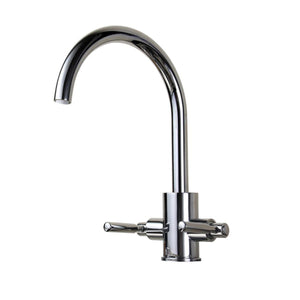
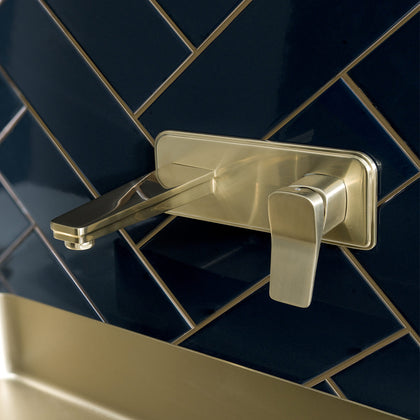

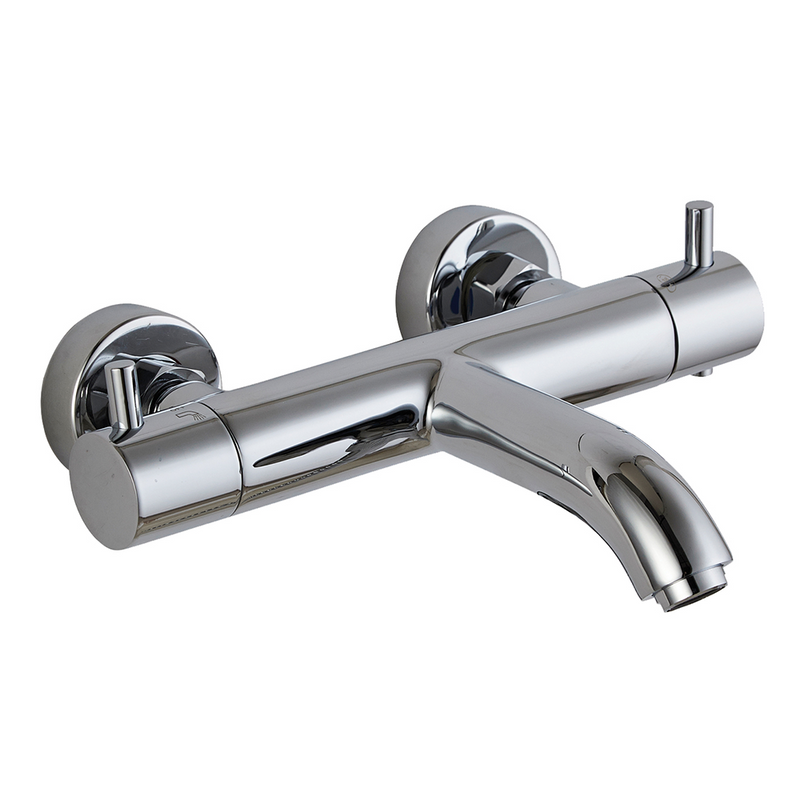
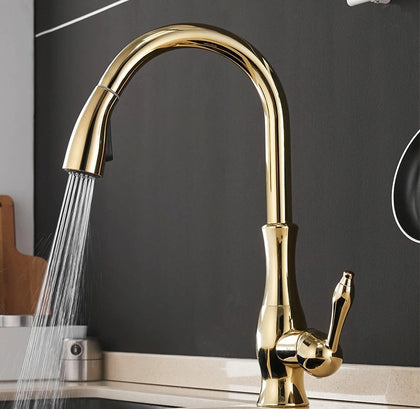
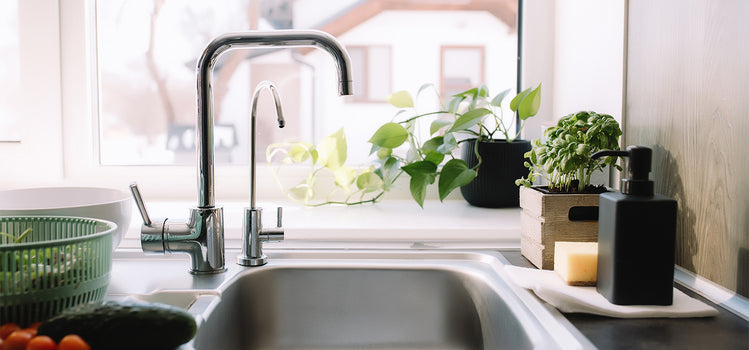

No comments:
Post a Comment